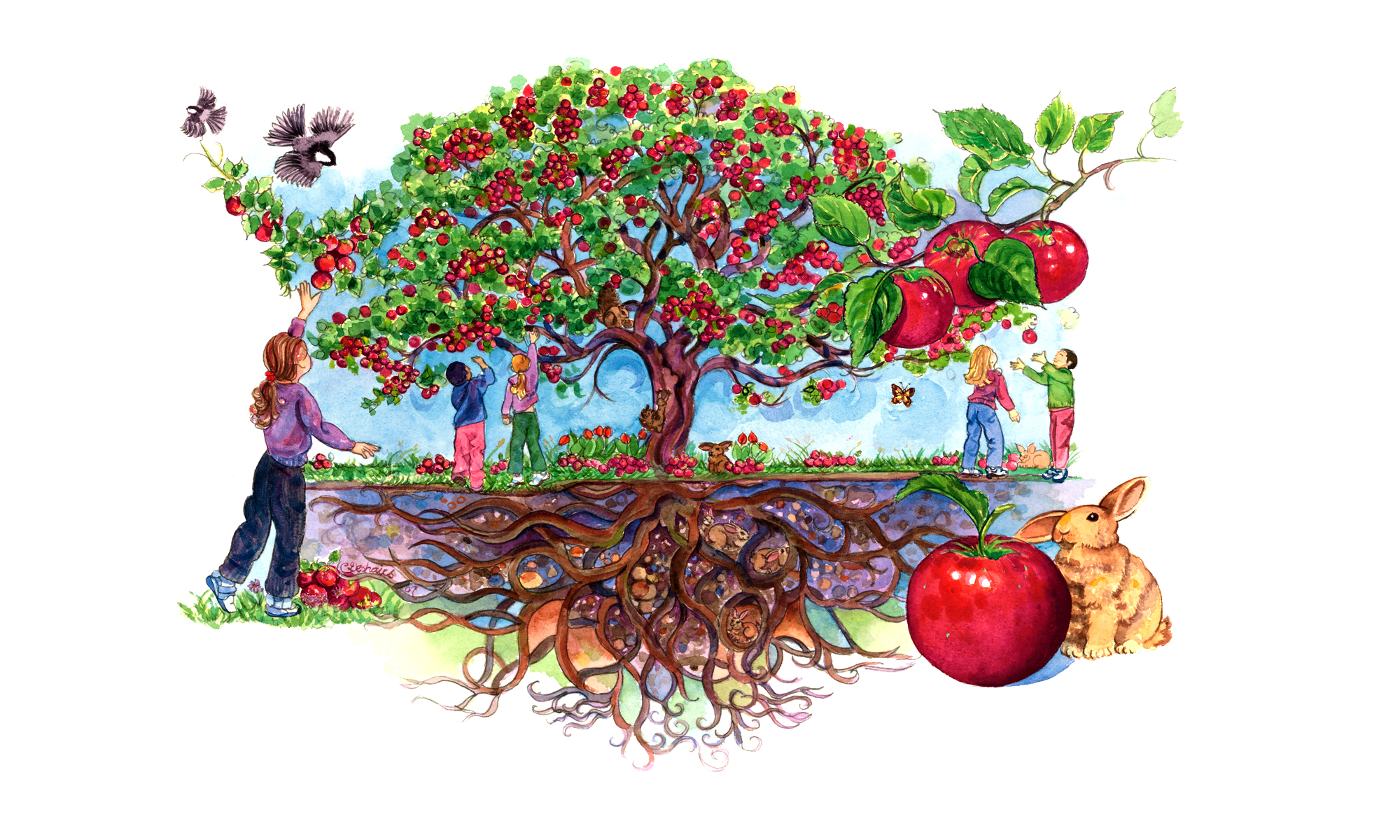“Litterless Lunch” Program
How can we reduce lunch waste?
We have come to depend on the many convenience products that are available to us, and nowhere is this more evident than in the school lunch room. Many parents pack lunch items in single-use plastic bags, aluminum foil, or wax paper, or they purchase single-serving items that come in their own disposable package (yogurt, juice boxes). Admittedly, these products are extremely convenient, but what is the environmental cost? How can we reduce this waste and teach our children valuable, lifelong lessons on reducing waste?
What is a litterless lunch?
A waste-free lunch program begins with a statement. A school community decides that it is going to make waste reduction a priority, and one of the best places to start is with lunch and snack waste. A waste-free lunch program is a process of educating students, parents, and school staff about where our trash ends up and how we, as individuals, can reduce the amount of trash we generate. Waste-free lunch programs favor the use of reusable food containers, drink containers, utensils, and napkins. They discourage the use of disposable packaging, such as prepackaged foods, plastic bags, juice boxes and pouches, paper napkins, and disposable utensils.
Try packing a ‘litterless lunch’:
- sandwiches and other main dishes, fresh fruit, fresh vegetables, and treats in reusable lunch containers
- cloth napkins
- reusable drink containers
- reusable lunchboxes

